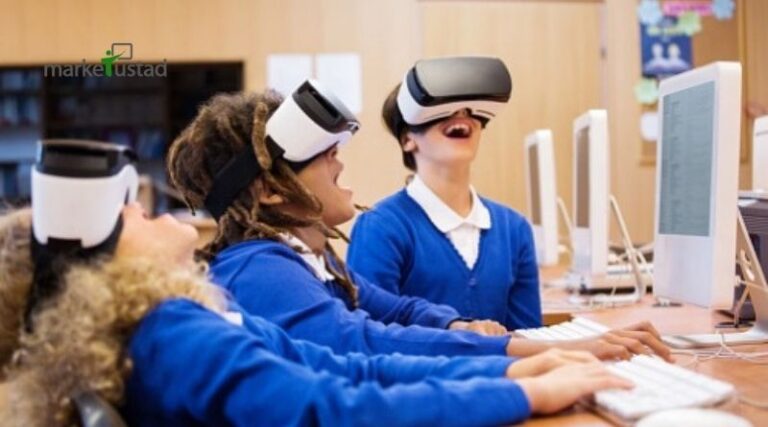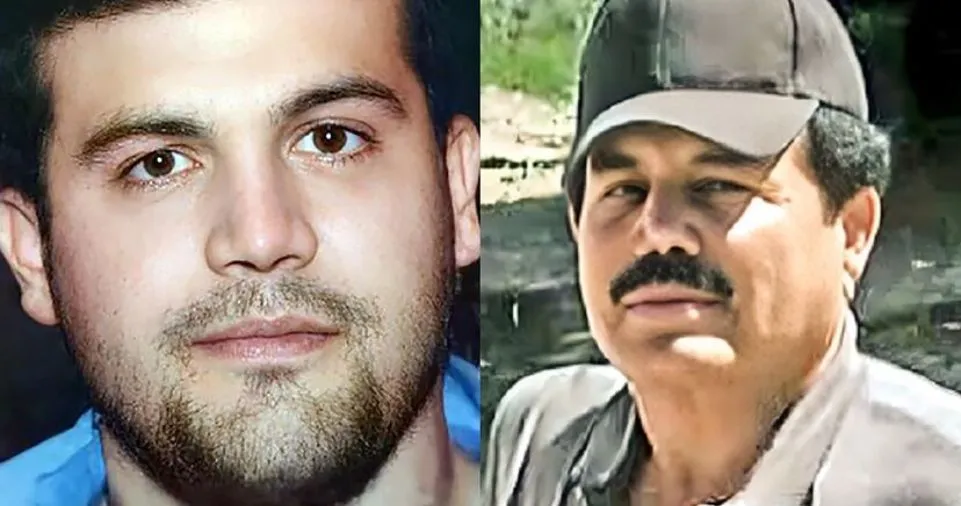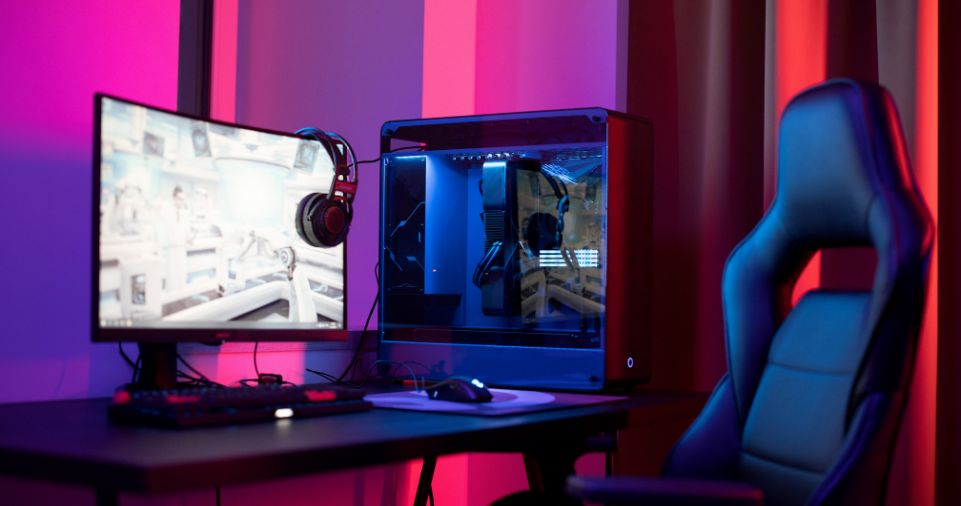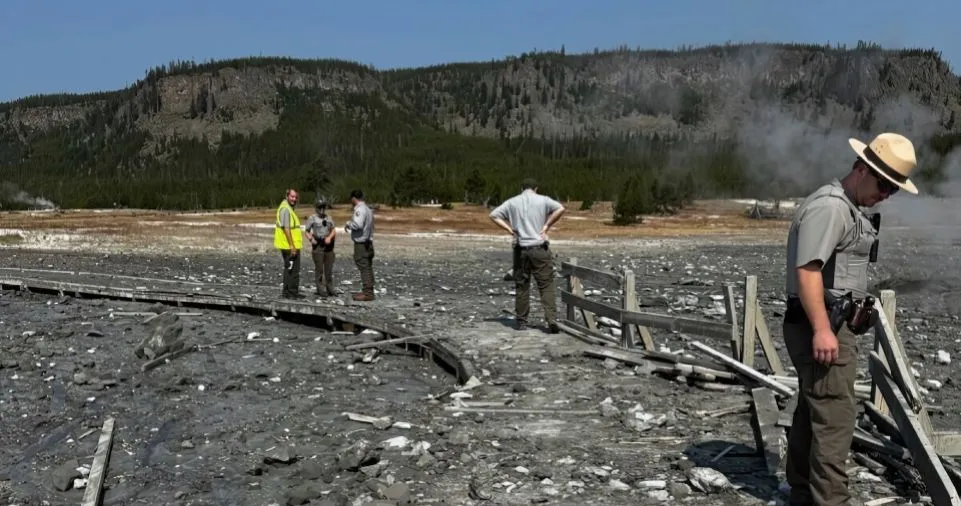Virtual reality is a popular method for improving student outcomes in Science. Virtual reality can be used to supplement the classroom experience, or it can be used as a replacement for traditional learning methods. Virtual reality offers new ways to engage students in their learning and gives them more opportunities to practice, learn and apply what they have learned in real life situations.
The use of virtual reality is a popular method for improving student outcomes in Science.
Virtual reality is a popular method for improving student outcomes in Science. VR provides new ways to engage students and make them feel like they’re actually doing the activity they are learning about. This can be especially helpful when dealing with subjects that don’t lend themselves well to traditional methods, such as biology or chemistry.
VR also allows students to practice specific skills without having to use expensive equipment or travel outside of school hours, which saves money on transportation costs; it also allows teachers who may not have the time or resources available during their regular class periods (like after-school clubs) access this content online through an affordable subscription fee instead of having limited access only during special events such as field trips.
Also Read: Renewing students’ motivation to learn through a Retreat Program
Where it isn’t practical anymore because there aren’t enough people present at once due lack availability issues related concerns such as limited space inside buildings due lack availability issues related concerns such as limited space inside buildings due lack availability issues related concerns such as limited space inside buildings due lack availability issues related concerns such as limited space inside buildings
Virtual reality can be used to supplement the classroom experience.
Virtual reality can be used to supplement the classroom experience. Students who have access to virtual reality technology have been shown to have higher levels of learning, when compared with students who do not have access. Virtual reality allows for students to learn about scientific concepts in a fun and engaging way that is not limited by the constraints of traditional classroom environments. The use of VR has also been found effective at helping students retain information more effectively than traditional methods such as lectures or textbooks alone (1).
Also Read More About Education System
Virtual Reality offers new ways to engage students in their learning.
Virtual Reality offers new ways to engage students in their learning. VR can be used to help students learn about scientific concepts, as well as how they think and process information. It is also a great tool for helping students understand the importance of being active learners by providing them with experiences that encourage active participation and exploration of the material presented.
Virtual reality allows instructors to take advantage of 3D environments that provide context for science topics such as biology, chemistry or physics at all levels from elementary through postsecondary levels (including higher education). This allows instructors an opportunity not only teach but also demonstrate learning outcomes through simulations rather than merely lecture notes alone.”
VR can help students learn about scientific concepts in a fun and engaging way.
VR can help students learn about scientific concepts in a fun and engaging way. The technology is also being used to supplement the classroom experience, so that students can learn more about science while they’re experiencing it firsthand. VR has been proven to increase student engagement, motivation and performance in classrooms around the world.
Also Read: A student diary project improving literacy skills and wellbeing
For example, one study showed that after using virtual reality headsets on their smartphones during a class lecture on ocean pollution management, high school students’ test scores rose by 20%. Another study found that after watching immersive videos designed to improve problem-solving skills at work or home (such as how to repair a flat tire), college students had improved retention rates when compared with those who didn’t do so; meanwhile those who listened to audio recordings about safety procedures were far less likely than others not only stay safe but also save lives!
Using virtual reality effectively means that you can give students more opportunities to practice, learn, and apply what they have learned in real life situations.
Virtual reality can help students learn about scientific concepts in a fun and engaging way. The use of virtual reality allows teachers to create learning environments that are more immersive than traditional classroom settings, and these experiences will provide opportunities for their students to practice key concepts on their own time.
Virtual reality provides an opportunity for students to experience natural environments before they’re ready for them in the real world, which helps them better understand how things work. This type of feedback loop teaches students what they need to know about science at a deeper level than just being told facts or reading books could ever achieve alone.
Conclusion
We have looked at how virtual reality can be used to help students learn more effectively and they have more opportunities to practice and apply what they have learned in real life situations. We also explored some of the benefits that teachers can gain from using this method, as well as some challenges that will need to be overcome before it becomes mainstream. But, if you want your students to succeed when it comes time for college or career after high school then VR is one technology worth implementing today!







